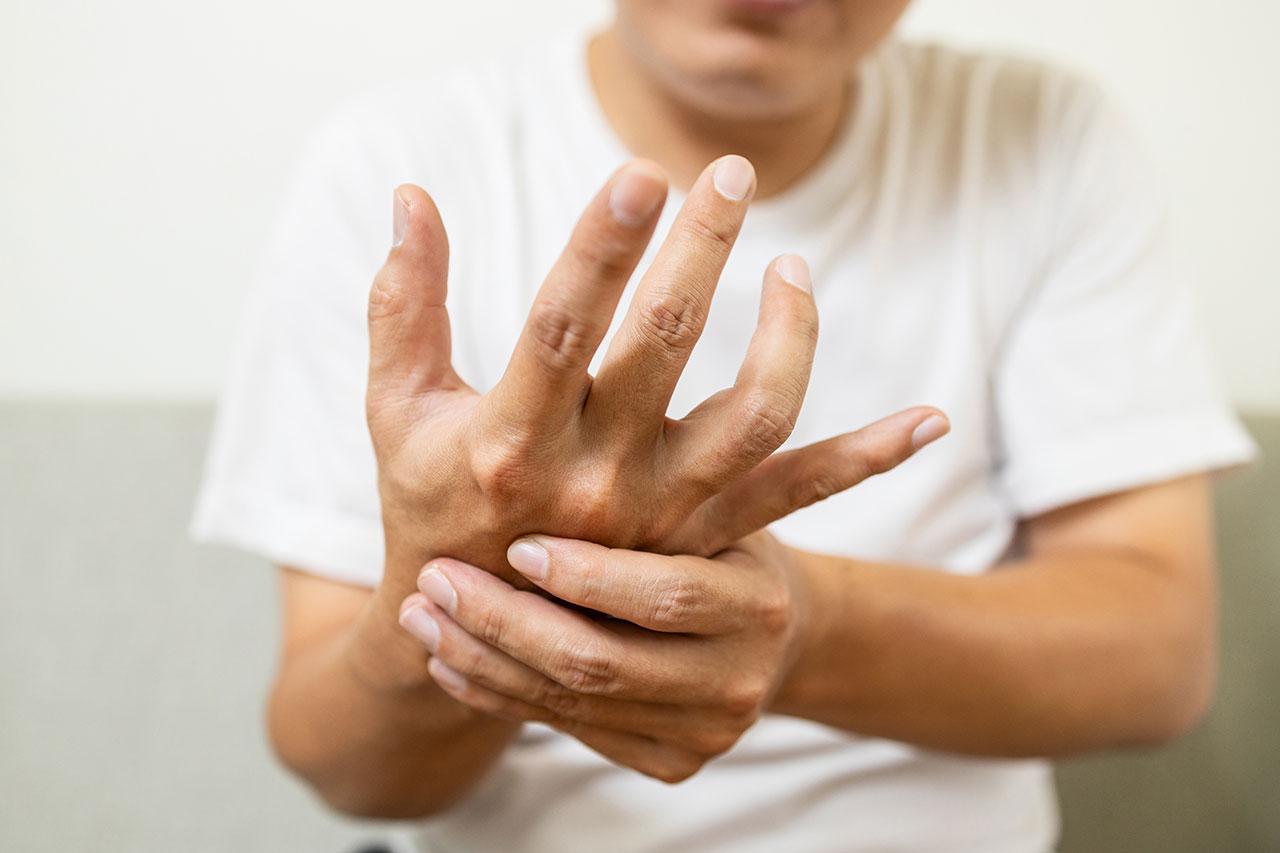
Guillain-Barré Syndrome (GBS) is a rare but serious autoimmune disorder where the body's immune system mistakenly attacks the peripheral nerves. This can lead to muscle weakness, numbness, and even paralysis. What causes Guillain-Barré Syndrome? The exact cause remains unknown, but it often follows a bacterial or viral infection. How is it diagnosed? Doctors typically use a combination of patient history, physical exams, and tests like nerve conduction studies or lumbar punctures. Can it be treated? Yes, treatments such as immunoglobulin therapy and plasma exchange can help reduce symptoms and speed up recovery. Is it curable? While many people recover fully, some may experience lingering effects. Understanding GBS is crucial for early detection and effective management.
What is Guillain-Barré Syndrome?
Guillain-Barré Syndrome (GBS) is a rare neurological disorder where the body's immune system mistakenly attacks the peripheral nerves. This can lead to muscle weakness, numbness, and even paralysis. Here are some fascinating facts about GBS:
- GBS is rare: It affects about 1 in 100,000 people annually.
- Named after doctors: The syndrome is named after French physicians Georges Guillain and Jean Alexandre Barré.
- Immune system malfunction: GBS occurs when the immune system attacks the myelin sheath, a protective covering of the nerves.
- Rapid onset: Symptoms can develop rapidly, often within days to weeks.
- Triggering infections: Infections like the flu, Zika virus, or Campylobacter jejuni bacteria can trigger GBS.
- Age factor: It can affect anyone but is more common in adults and older individuals.
- Gender difference: Men are slightly more likely to develop GBS than women.
- Early symptoms: Initial signs include tingling and weakness starting in the feet and legs.
- Ascending paralysis: Paralysis often starts in the lower limbs and ascends upwards.
- Respiratory issues: Severe cases can affect breathing muscles, requiring mechanical ventilation.
Diagnosis and Treatment
Diagnosing and treating GBS involves several steps and medical interventions. Early detection is crucial for better outcomes.
- Spinal tap: A lumbar puncture can help diagnose GBS by detecting elevated protein levels in cerebrospinal fluid.
- Nerve conduction studies: These tests measure the speed of nerve signals and can indicate nerve damage.
- Plasma exchange: Also known as plasmapheresis, this treatment removes antibodies from the blood.
- Immunoglobulin therapy: Intravenous immunoglobulins (IVIG) can block damaging antibodies.
- Physical therapy: Rehabilitation is essential for regaining strength and mobility.
- Pain management: Pain relief is often necessary due to nerve damage.
- Monitoring: Regular monitoring of heart rate, blood pressure, and breathing is crucial.
- Recovery time: Recovery can take weeks to years, with some patients experiencing lingering effects.
- Relapse: Although rare, some individuals may experience a relapse of symptoms.
Impact on Daily Life
Living with GBS can be challenging, affecting various aspects of daily life. Understanding these impacts can help in managing the condition better.
- Mobility issues: Weakness and paralysis can make walking and other activities difficult.
- Fatigue: Many patients experience chronic fatigue even after recovery.
- Emotional toll: Anxiety and depression are common due to the sudden onset and severity of the condition.
- Support systems: Family and community support play a crucial role in recovery.
- Work and school: Returning to work or school may require accommodations and adjustments.
- Assistive devices: Wheelchairs, braces, and other devices can aid in mobility.
- Diet and nutrition: Proper nutrition is essential for recovery and overall health.
- Regular check-ups: Ongoing medical care is necessary to monitor progress and manage symptoms.
Research and Future Directions
Ongoing research aims to better understand GBS and develop more effective treatments. Here are some insights into current research and future directions.
- Genetic factors: Studies are exploring genetic predispositions to GBS.
- Vaccine development: Research is ongoing to develop vaccines that do not trigger GBS.
- New therapies: Scientists are investigating new treatments to improve recovery times and outcomes.
- Patient registries: Global registries help track GBS cases and improve understanding of the syndrome.
- Awareness campaigns: Increasing awareness can lead to earlier diagnosis and better support for patients.
Understanding Guillain-Barré Syndrome
Guillain-Barré Syndrome (GBS) remains a complex condition that affects the nervous system. Knowing the symptoms like muscle weakness, tingling, and difficulty breathing can lead to quicker diagnosis and treatment. Early intervention is crucial for better outcomes. Treatments like plasmapheresis and immunoglobulin therapy can help manage the condition, though recovery times vary.
Raising awareness about GBS can make a significant difference. Sharing information, supporting research, and advocating for those affected can lead to improved care and understanding. If you or someone you know shows signs of GBS, seek medical attention immediately.
Staying informed and proactive can help manage this challenging condition. Remember, knowledge is power. The more we understand GBS, the better we can support those who face it. Keep learning, stay vigilant, and spread awareness.
Was this page helpful?
Our commitment to delivering trustworthy and engaging content is at the heart of what we do. Each fact on our site is contributed by real users like you, bringing a wealth of diverse insights and information. To ensure the highest standards of accuracy and reliability, our dedicated editors meticulously review each submission. This process guarantees that the facts we share are not only fascinating but also credible. Trust in our commitment to quality and authenticity as you explore and learn with us.
